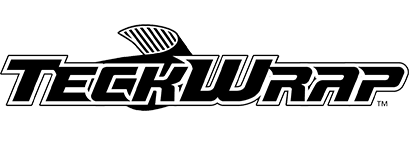Installation of Paint Protection Film
PPF270 - is the transparent protection film without a top coating. Very transparent PVC designed for lamination and limited outdoor protection of car surface. The warranty period is one year in Zone 1. Its glossy structure, transparency, and price make it the best choice for short term vehicle surface protection.
PPF280S - is the transparent protection film with anti-scratch top coating. Durable PVC film with warranty period - two years in Zone 1.
PPF290 - is the transparent TPU Paint Protection film with anti scratch top coating, advanced film designed to achieve long term protection of vehicle surface. The warranty period is five years in Zone 1.
The roll height is 1,52m, width 15m.
Installation stages:
Cleaning of a surface with soap liquid -hand cleaning of all organic and nonorganic contaminations -washing off soap liquid
Cleaning of a surface using abrasive clay for cleaning contaminations•Degreasing of all surfaces where the film will be bent
Drying of a surface, checking the surface for impurities, measuring and marking of film on elements
Cleaning of dust from surfaces using sticky dust wipes
Applying of liquid on a surface, taking off the liner, watering the adhesive surface of the TPU film, installing of film on the surface
Forming of film on the surface, rolling of the film using instruments, bending of film, heating the element
Cleaning of liquid excesses, drying of the wrapped surface, polishingInstallation liquid
For the application of PPF film, several mixtures can be used. They have different characteristics and effects.
1. Water
Doesn’t soften adhesive; the adhesive stays active. Water is not recommended when PPF is applied on large surfaces, because there is a risk of complete adhesion.
2. Soap mixture
Soap mixture is a mixture of liquid soap and water in the following proportion, 15 parts of soap with 100 parts of water. It’s essential that the soap's PH is 0 (zero). The soap mixture softens adhesive; the films slides on a surface. PPF is more comfortable to be applied and formed; air and water bubbles can be moved out easily. However, it takes more time to apply PPF using soap mixture.
3. Alcohol mixture
Alcohol mixture is a mixture of 95% alcohol and water in the following proportion, 3-4 parts of alcohol and 6-7 parts of water. This liquid activates adhesive and strengthens its adhesion with a surface. When used, there is a risk of early adherence with surface and signs from uneven stretching.
General recommendations
It’s recommended to use hard polyurethane squeegees for larger surfaces and softer Teflon squeegees for bending of vinyl edges. Any tool used for application must be with proper edges and must be kept clean. The edges on the toll must be sharp.
The cleanliness and quality of water directly affect the quality of installation. The water sprayer should also be kept clean.
One can damage any film with uneven stretching; PPF is not an exclusion. The film should be stretched evenly and properly. It should be stretched when it’s already on the surface. It shouldn’t be lifted when stretched. When lifted, the material absorbs heat faster, and there is a risk of uneven stretching. The failure of an application can be seen as broken reflections or lines on PPF.
It’s recommended to use alcohol mixture or clean water for small and simple elements (surface under door handles, protection of back wheel arches, doorways, etc.) and a combination of soap mixture and alcohol mixture for medium size elements of medium difficulty. The alcohol mixture can be used at edges to achieve stronger adhesion.
The edges of the PPF should be heated significantly. The temperature of PPF can be raised to more than 80 Celsius when edges are bent.
The protective layer of PPF should be pulled off right before installation.
The surface of PPF should be moistened with liquid during application to prevent the film from scratching
